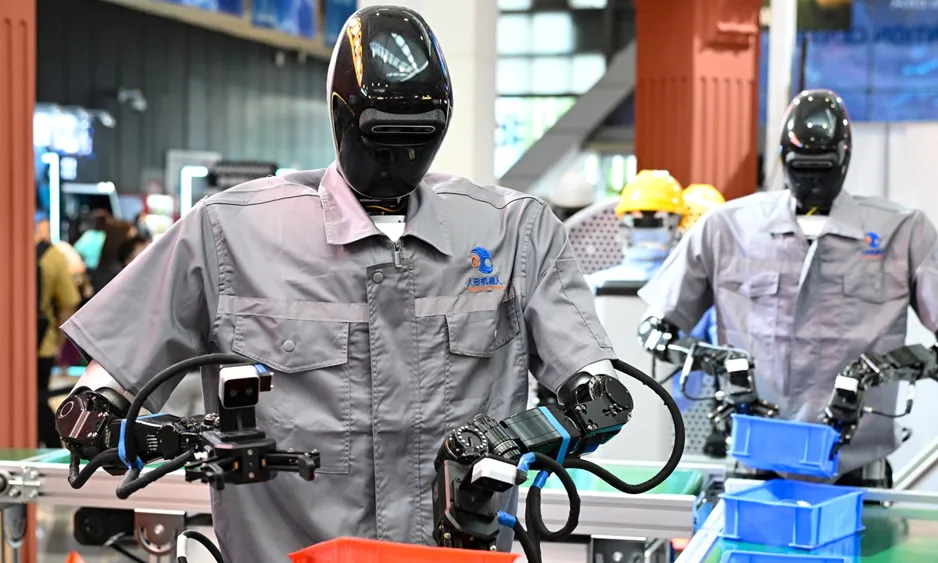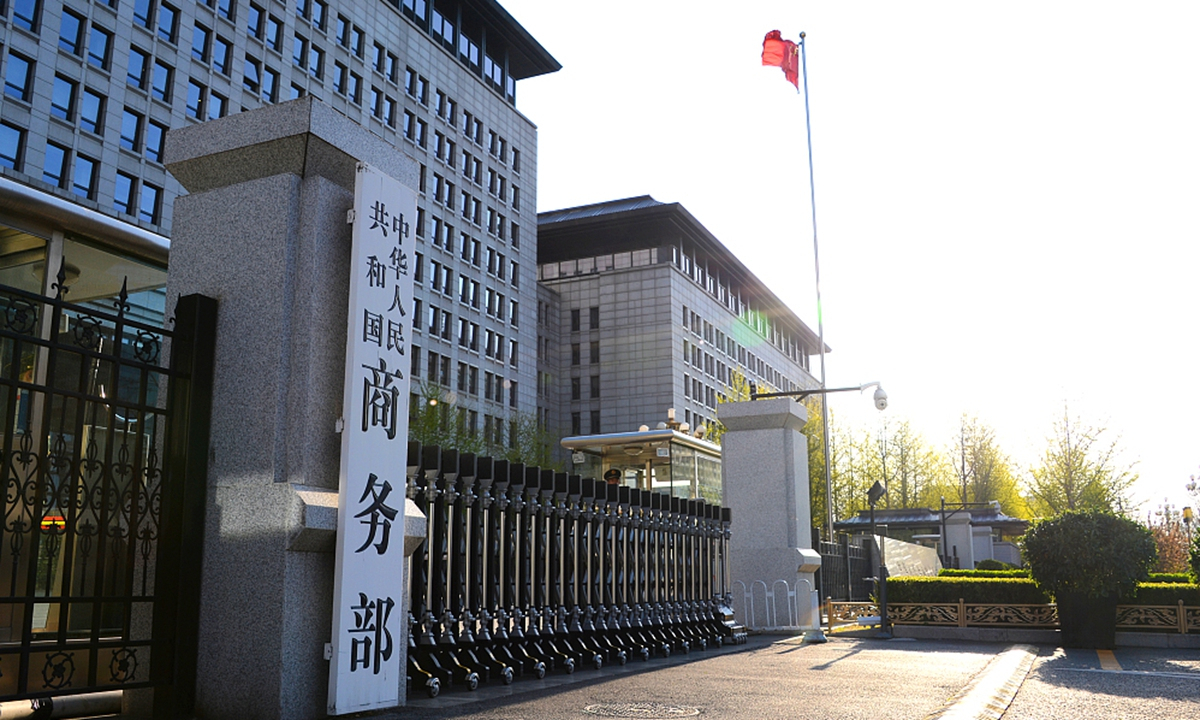China's High-Tech Manufacturing Sees Growth in July AUV Production

China's high-tech manufacturing sector, particularly in the realm of smart UAVs, has experienced notable growth in July, as highlighted by recent statistics from the National Bureau of Statistics (NBS). The NBS reported a 5.7 percent year-on-year increase in the added value of industrial enterprises above designated size, while the high-tech manufacturing sector alone rose by 9.3 percent.
Fu, a spokesperson, commented that this growth can be attributed to the active promotion of technological and industrial innovation across various sectors since the beginning of the year. Efforts have focused on advancing high-end, smart, and green transformations, which have substantially facilitated the application of scientific and technological achievements, thereby fostering new productive forces that contribute to high-quality economic growth.
In July, the digital product manufacturing industry added significant value, growing by 8.4 percent year-on-year. The rapid development of artificial intelligence has seen it integrate more closely with the real economy, leading to an expansion of application scenarios and wider adoption of intelligent terminal products. Notably, the output of industrial robots surged by 24 percent, while civilian drone production increased by 18.9 percent.
Moreover, sectors characterized by high technological content and added value have shown impressive growth this year. Notably, the manufacturing value added by integrated circuits and electronic special materials rose by 26.9 percent and 21.7 percent respectively in July, marking a significant uptick in these crucial industries.
In accordance with the push for green and low-carbon development, China has focused on creating new growth areas in this sector. In July, production figures for new energy products experienced robust increases, with new energy vehicles rising by 17.1 percent and lithium-ion batteries by 29.4 percent year-on-year. Similarly, outputs of green materials like carbon fiber and bio-based chemical fiber grew by 43.8 percent and 19.8 percent respectively.
The green transformation movement has also catalyzed growth in the green circular economy, as evidenced by an 11.7 percent increase in the added value of the waste resource utilization industry in July.
Continuous investment in research and development has been a key strategy for China, aiming to achieve higher levels of technological self-reliance and significant breakthroughs in innovation. R&D expenditure for 2024 is projected to exceed 3.6 trillion yuan, with an investment intensity of 2.68 percent, surpassing that of the EU and nearing average levels among OECD economies.
Since early this year, the country has witnessed a level of technological achievement that has garnered global attention, from advancements in large artificial intelligence models to extraordinary developments in robotics.
Furthermore, a sustained focus on the renewal of large-scale equipment has created favorable conditions for traditional industries to accelerate their technological transformations and equipment upgrades. Many enterprises within these sectors have improved their core competitiveness in an increasingly competitive market by adopting innovative processes and technologies.
Read These Next

China's Export Growth Set to Rise in Second Half of Year
China's exports are set to grow in H2, supported by favorable trade conditions and market diversification, per the National Bureau of Statistics.

Fed's Daly Says Economic Growth Slowing But No Recession
Fed's Daly says U.S. economy is slowing but not in deep recession, highlighting strong fundamentals and guiding investors.

China Sues Canada at WTO Over Steel Import Restrictions
China has sued Canada at the WTO over steel import restrictions, claiming they violate trade rules and damage its economy.
